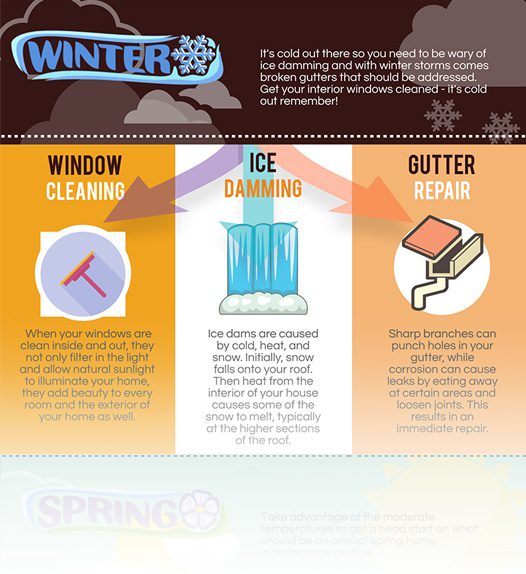Superior Stress Cleaning Strategies For All Surface Area Keys In
Superior Stress Cleaning Strategies For All Surface Area Keys In
Blog Article
Article Created By-Coley Hodges
When it concerns push washing, the method you select can make all the distinction in attaining a clean, streak-free finish. You may find that difficult surface areas, like concrete, require a various approach than softer products, such as wood or vinyl. It's essential to adjust your methods to the surface type to stop damages while taking full advantage of cleansing effectiveness. So, what are the best methods for each surface area, and how can you ensure you're utilizing the right setups and tools for the work? Allow's discover what you need to recognize to get the most effective results.
Tough Surface areas
When it comes to pressure cleaning difficult surface areas, prep work is vital. Before you also consider pulling out the stress washing machine, put in the time to remove the location of any debris, furnishings, or barriers. You do not want anything entering your means or potentially harmful your devices.
Next, examine the surface for any kind of splits or damages; this will certainly assist you determine the ideal strategy and pressure settings.
Once you have actually prepared the area, it's important to select the right nozzle. For tough surface areas like concrete or block, a slim nozzle (15 or 25 degrees) works best to supply a focused stream of water that can efficiently eliminate grime and spots. Always begin at a distance and gradually relocate closer to avoid any type of surface area damages.
As you begin cleaning, maintain the wand relocating to protect against streaks and over-saturation. It's also valuable to function from the top down, permitting dirt and particles to remove naturally.
Lastly, bear in mind to rinse the surface extensively after cleansing to get rid of any leftover cleaning agent. With these strategies, you'll accomplish a tidy and rejuvenated look on all your hard surface areas.
Soft Surfaces
Stress cleaning soft surfaces requires a gentler strategy to protect them from damages. Whether Read Alot more cleaning your deck, outdoor patio furnishings, or exterior siding, using too much pressure can lead to dents, scrapes, or perhaps irreversible harm.
Begin by selecting a low-pressure nozzle, ideally a 25-degree or broader spray pattern, to distribute the water extra delicately.
Prior to you start, it's essential to pre-treat any type of stains with a suitable cleansing solution. visit the next page permits the cleaner to permeate the dust and crud, making it easier to wash away without rubbing too hard.
Always use the remedy from the bottom as much as stop spotting.
When you start stress washing, keep a range of at least 12 to 18 inches from the surface area. Move your stick in a sweeping movement, maintaining it parallel to the surface area to stay clear of focused pressure on one place.
Rinse the area completely after cleansing to eliminate any type of recurring cleaner.
Lastly, examine the surface area for any kind of missed out on areas and duplicate the procedure if necessary. By following click this link , you can efficiently tidy soft surfaces while maintaining their stability and look.
Specialized Surfaces
Cleaning soft surfaces requires treatment, but specialized surfaces require much more interest to information. When you deal with these surfaces, like delicate timber, discolored concrete, or specific sorts of house siding, using the right stress cleaning strategies is critical to avoid damage.
First, examine the material. As an example, dealt with wood can often withstand moderate stress, but softer timbers like cedar may need a lower setup. Always start with the lowest pressure and slowly raise if required.
For tarnished concrete, utilize a follower spray nozzle and maintain a constant range to stop engraving the surface area.
When dealing with surfaces like plastic siding or repainted surface areas, a vast spray pattern assists disperse the pressure evenly, protecting the surface.
It's also smart to make use of detergents especially developed for specialty surfaces. They can boost cleansing without compromising the material.
Rinse extensively after washing to get rid of any kind of deposit, as it can cause staining or damage in time.
Conclusion
In conclusion, understanding pressure cleaning strategies for various surfaces can make all the distinction in your cleansing outcomes. For difficult surfaces, stick to slim nozzles and a top-to-bottom technique, while soft surface areas need a gentler touch with wider nozzles. Don't neglect to pre-treat discolorations and rinse thoroughly to stay clear of residue. By adjusting your techniques to every material, you'll not only attain a cleaner finish yet likewise shield the stability of your surfaces. Pleased cleaning!
